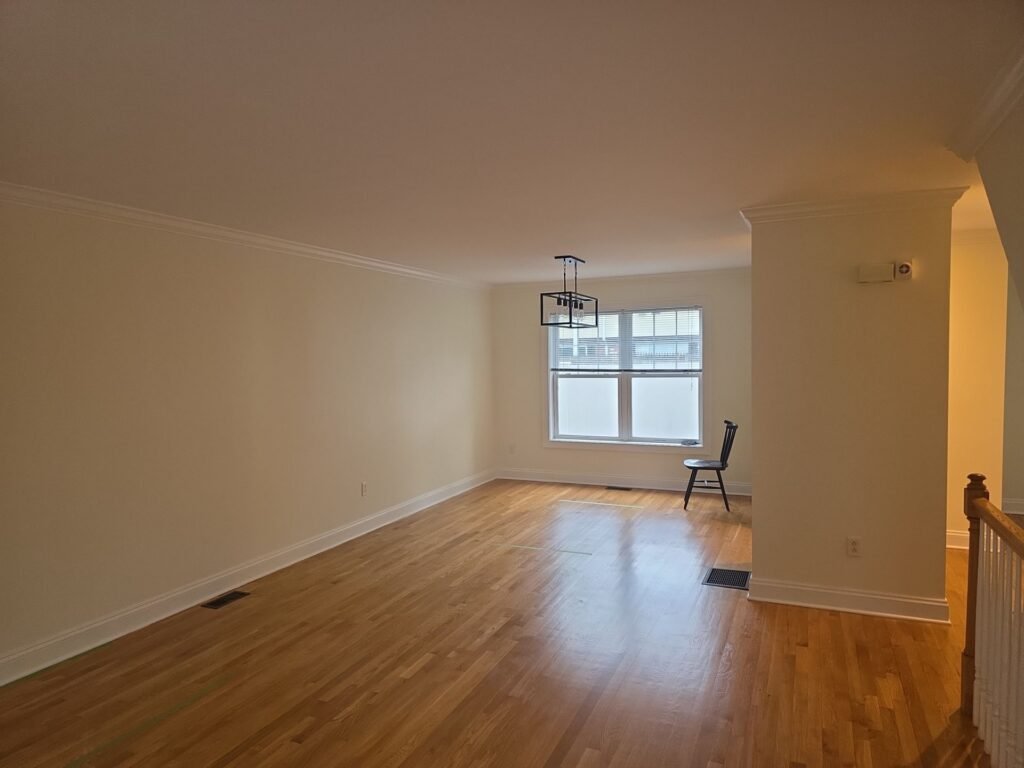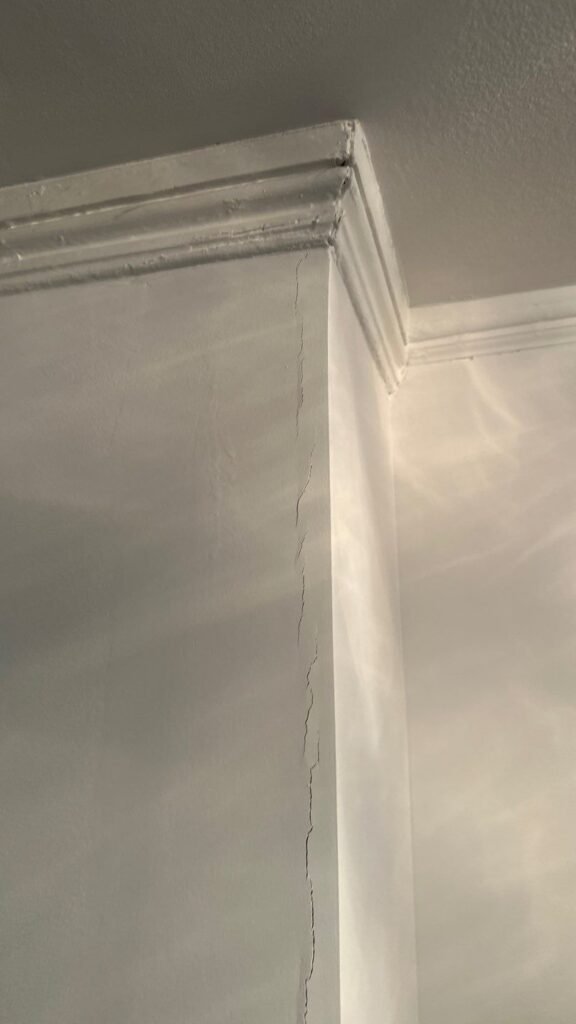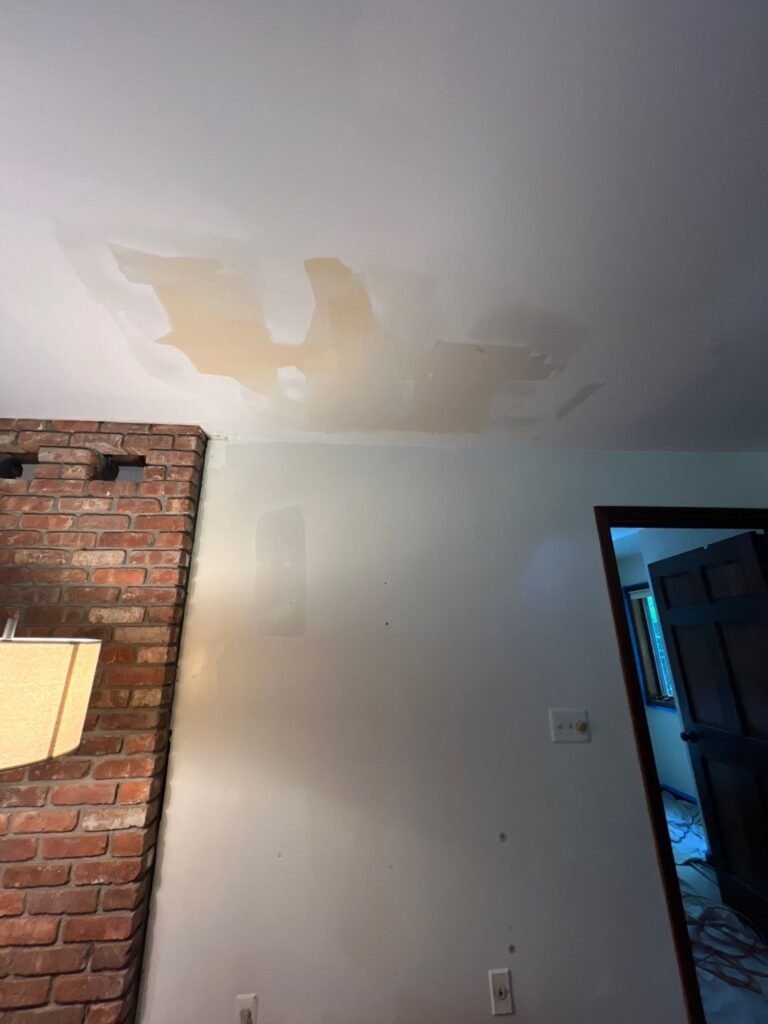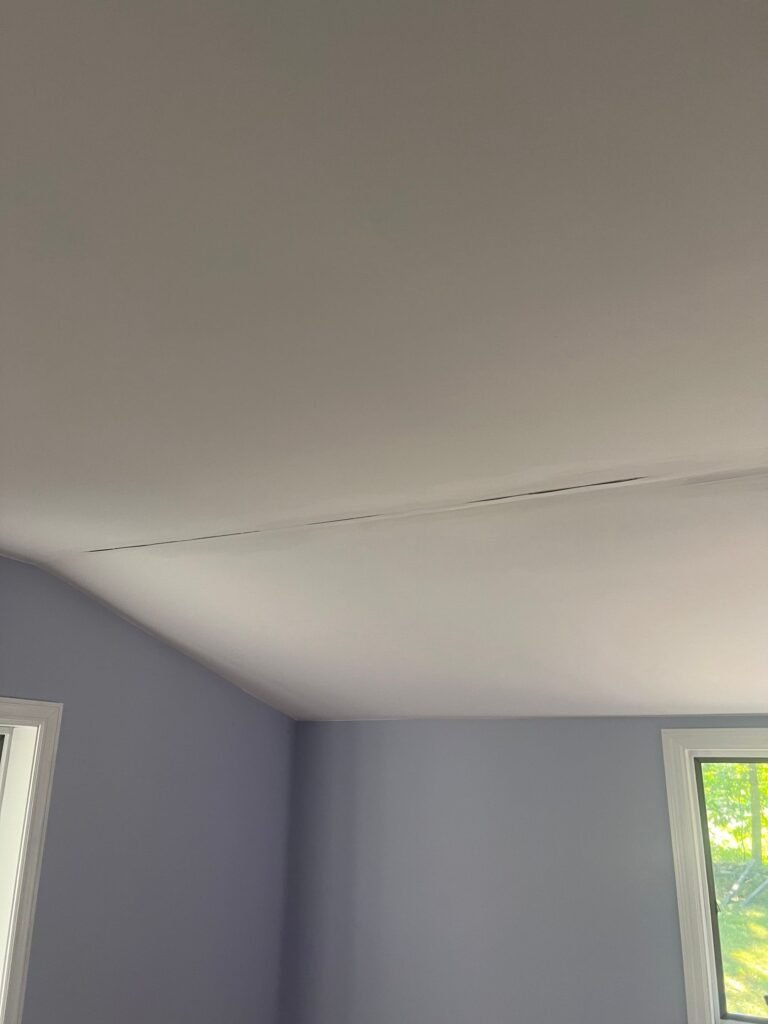Unlike exterior paint that constantly battles the elements, interior paint primarily contends with daily wear and tear, changing trends, and personal preference. Knowing how often to refresh your home’s interior can maintain its aesthetic appeal, cleanliness, and overall value.

Typical timelines: 5–7 years for main rooms
For most living spaces like living rooms, dining rooms, and family rooms, a repaint every 5 to 7 years is a good general guideline.
- Why this interval? These rooms see moderate traffic and use. Over this period, paint may accumulate scuffs, minor marks, and some fading from indirect sunlight. This timeline allows you to keep your home feeling fresh and updated without excessive frequency.
High-traffic zones: hallways & kitchens every 2–4 years
Areas that experience constant activity, bumps, and splashes will naturally wear down faster.
- Hallways and Entryways: These are the arteries of your home, constantly brushed against by people, pets, and objects. Expect to repaint every 2 to 3 years.
- Kitchens: Subject to grease, food splatters, high humidity, and frequent cleaning. A repaint every 3 to 4 years is often necessary to maintain a clean, vibrant look.
- Bathrooms: High humidity and constant moisture make bathrooms prone to mildew and paint breakdown. Consider repainting every 2 to 4 years, using paint formulated for high-moisture environments.
- Kids’ Bedrooms/Playrooms: These rooms often bear the brunt of creative endeavors, active play, and frequent cleaning. Depending on the activity level, they might need a refresh every 2-3 years.
Low-use rooms: bedrooms & formal spaces every 10–15 years
Some rooms are used less frequently and therefore show less wear.
- Adult Bedrooms: Typically see less rough-and-tumble activity. Paint here can last 5 to 10 years, sometimes even longer.
- Formal Living/Dining Rooms: If these spaces are only used for special occasions, their paint could last 10 to 15 years or more before needing a refresh, unless you desire a change in aesthetic.
- Closets & Storage Rooms: As long as they are not seeing heavy traffic or storage that scuffs walls, these can last well over 15 years.
Paint quality & prep impact longevity
These two factors are paramount in determining how long your interior paint job will last:
- Paint Quality: Investing in high-quality paint with durable resins and good washability properties will significantly extend the lifespan of your finish. Premium paints resist scuffs, fading, and staining better, allowing for easier cleaning.
- Surface Preparation: Proper prep – cleaning walls, patching holes, sanding rough spots, and applying primer where needed – ensures optimal paint adhesion. Paint applied to dirty, flaky, or uneven surfaces will fail prematurely, regardless of its quality.
Signs it’s time to repaint
Beyond the typical timelines, your walls will give you visual cues that it’s time for a refresh:
- Scuffs and Marks: Accumulation of marks that can no longer be wiped away.
- Fading: Especially noticeable on walls exposed to direct sunlight or in rooms with vibrant colors.
- Chipping or Peeling: Small flakes of paint coming off, often in high-traffic areas or around trim.
- Cracks or Damages: Minor wall imperfections become more noticeable.
- Grime Buildup: Persistent dirt or discoloration that makes the room feel dingy.
- Outdated Style: The color no longer matches your current décor or preferences.



Cost vs benefit: touch-up vs full repaint
- Touch-Up: For minor scuffs or small damaged areas, spot touch-ups can be a cost-effective solution. However, it’s challenging to get a perfect color match, especially if the original paint has faded. Best for very small, isolated imperfections.
- Full Repaint: Offers a uniform, fresh appearance. While a larger upfront cost, it provides comprehensive coverage, allows for color changes, and extends the life of your walls. For significant wear or a desired aesthetic change, a full repaint is the better investment.
Maintenance tips to prolong finish
- Gentle Cleaning: Wipe down walls regularly with a soft cloth and mild soap and water (test in an inconspicuous area first). Avoid abrasive cleaners or scrubbers that can damage the finish.
- Avoid Scuffs: Use furniture pads, door stoppers, and corner guards in high-traffic areas where walls are frequently hit.
- Proper Ventilation: In bathrooms and kitchens, use exhaust fans to minimize moisture and reduce the risk of mold and mildew.
- Address Issues Promptly: Don’t let small nicks or stains sit; clean or repair them quickly to prevent them from becoming larger problems.
Genesis Pro Painting provides expert interior painting services that not only enhance your home’s beauty but also ensure a durable, long-lasting finish.
